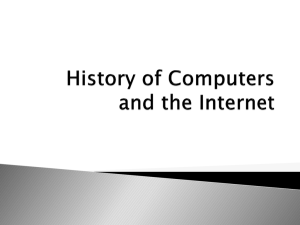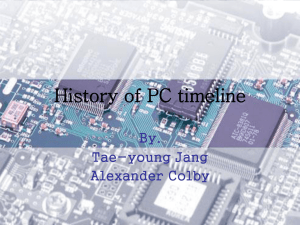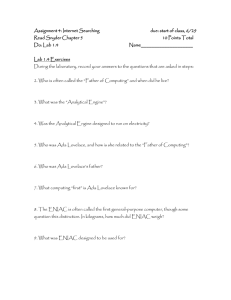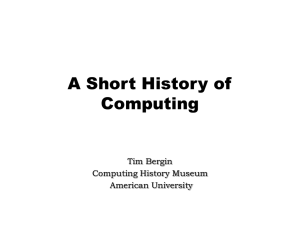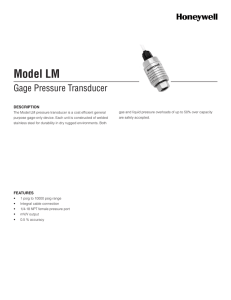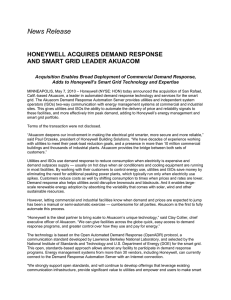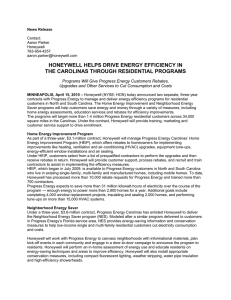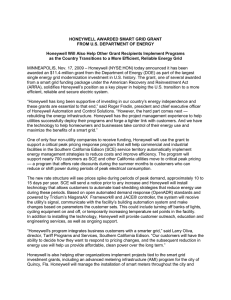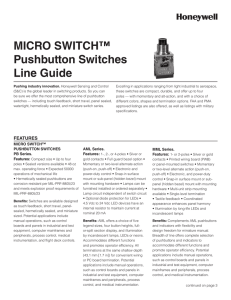U.S. NEWS AND WORLD REPORT 08-14-06
advertisement
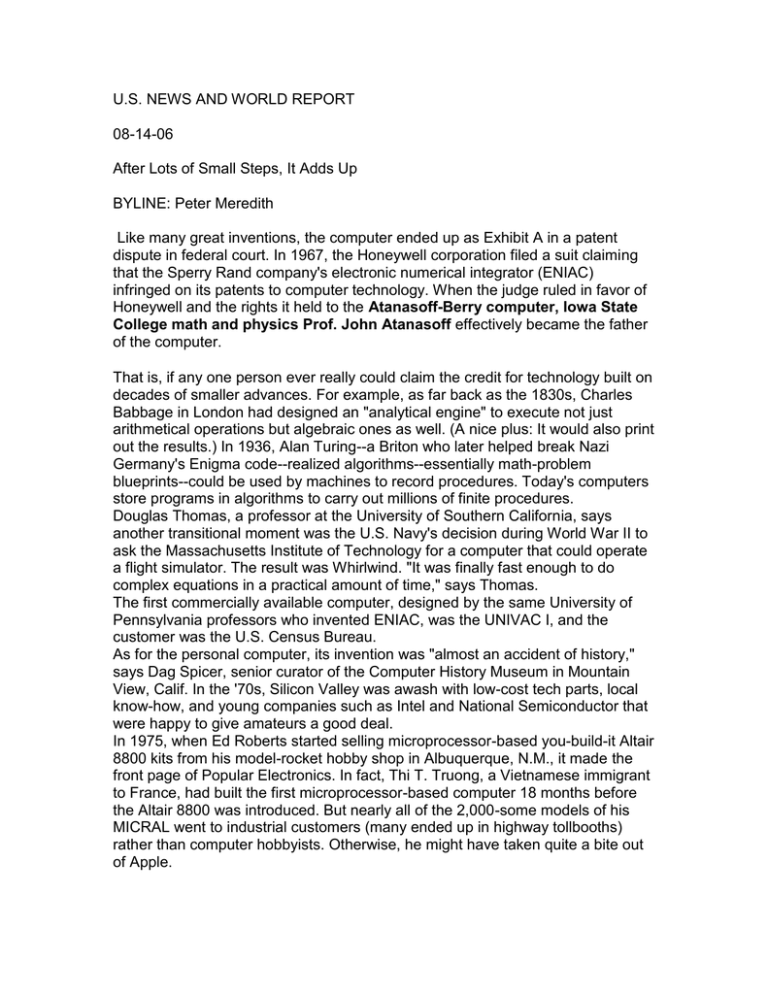
U.S. NEWS AND WORLD REPORT 08-14-06 After Lots of Small Steps, It Adds Up BYLINE: Peter Meredith Like many great inventions, the computer ended up as Exhibit A in a patent dispute in federal court. In 1967, the Honeywell corporation filed a suit claiming that the Sperry Rand company's electronic numerical integrator (ENIAC) infringed on its patents to computer technology. When the judge ruled in favor of Honeywell and the rights it held to the Atanasoff-Berry computer, Iowa State College math and physics Prof. John Atanasoff effectively became the father of the computer. That is, if any one person ever really could claim the credit for technology built on decades of smaller advances. For example, as far back as the 1830s, Charles Babbage in London had designed an "analytical engine" to execute not just arithmetical operations but algebraic ones as well. (A nice plus: It would also print out the results.) In 1936, Alan Turing--a Briton who later helped break Nazi Germany's Enigma code--realized algorithms--essentially math-problem blueprints--could be used by machines to record procedures. Today's computers store programs in algorithms to carry out millions of finite procedures. Douglas Thomas, a professor at the University of Southern California, says another transitional moment was the U.S. Navy's decision during World War II to ask the Massachusetts Institute of Technology for a computer that could operate a flight simulator. The result was Whirlwind. "It was finally fast enough to do complex equations in a practical amount of time," says Thomas. The first commercially available computer, designed by the same University of Pennsylvania professors who invented ENIAC, was the UNIVAC I, and the customer was the U.S. Census Bureau. As for the personal computer, its invention was "almost an accident of history," says Dag Spicer, senior curator of the Computer History Museum in Mountain View, Calif. In the '70s, Silicon Valley was awash with low-cost tech parts, local know-how, and young companies such as Intel and National Semiconductor that were happy to give amateurs a good deal. In 1975, when Ed Roberts started selling microprocessor-based you-build-it Altair 8800 kits from his model-rocket hobby shop in Albuquerque, N.M., it made the front page of Popular Electronics. In fact, Thi T. Truong, a Vietnamese immigrant to France, had built the first microprocessor-based computer 18 months before the Altair 8800 was introduced. But nearly all of the 2,000-some models of his MICRAL went to industrial customers (many ended up in highway tollbooths) rather than computer hobbyists. Otherwise, he might have taken quite a bite out of Apple.
